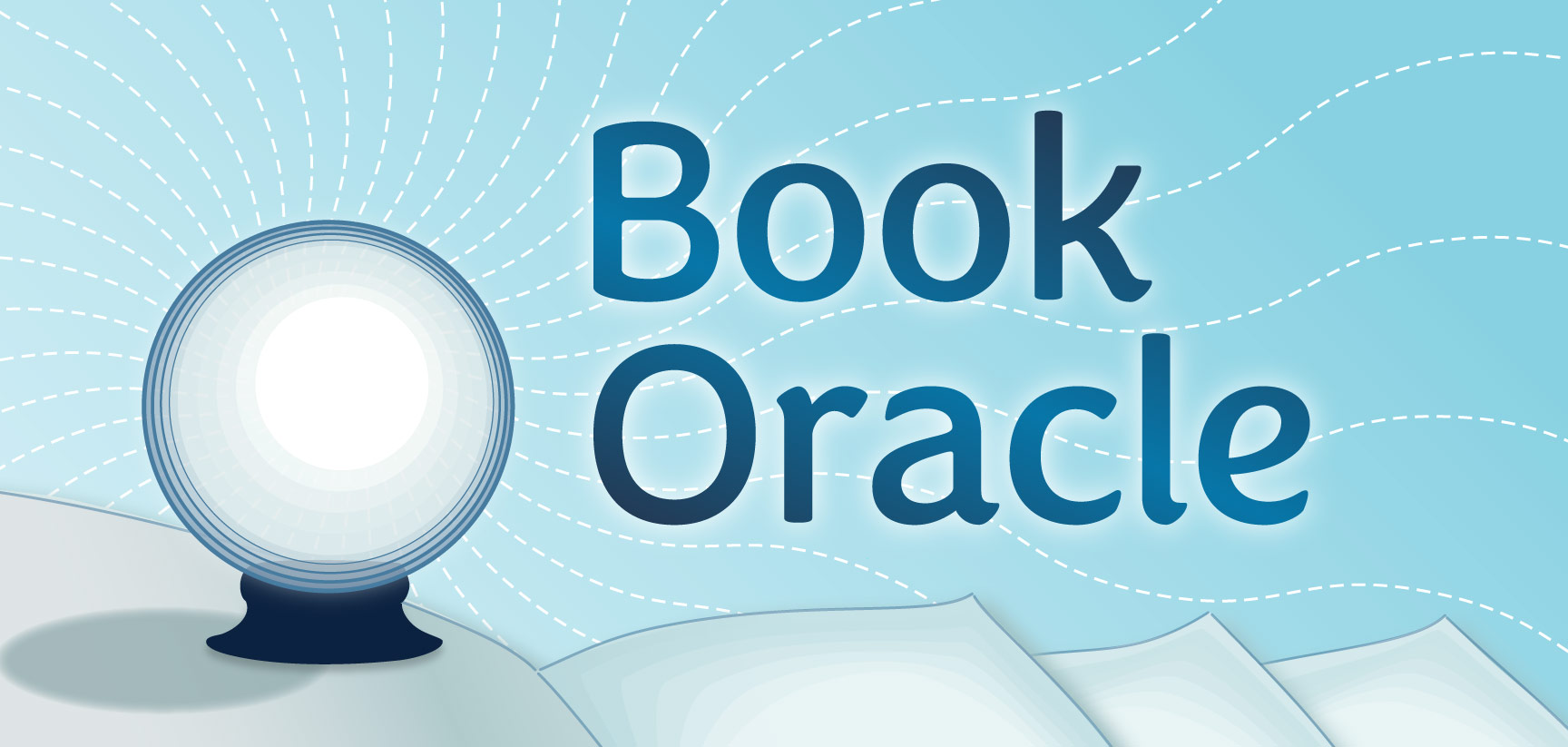This past November, The Atlantic released an alarming article about elite college freshmen who lack the ability to read books. It turns out that many students have never received an assignment to read an entire book in their middle and high schools, but rather have studied excerpts, poems and articles. Concerned educators have cited several possible and fairly obvious explanations: smartphones, the No Child Left Behind Act, Common Core educational standards, the pandemic, an increase in focus on practical employment and declining enrollment in the humanities.
Top universities and colleges are adjusting as best they can without compromising educational excellence. For example, Andrew Delbanco, a Columbia University American studies professor, has modified a seminar to emphasize short pieces of writing rather than longer classic literature. Instead of powering through “Moby-Dick,” students now examine “Billy Budd” and “Bartleby, the Scrivener.” In support of such a pivot, Columbia’s literature humanities chair, Joseph Howley, maintains that he’d rather students skip over some longer classics if they can benefit from focusing on shorter works in greater depth.
The idea that short stories might offer an option warrants follow-up. In addition to teaching necessary skills such as critical analysis and empathy that can lead readers to tackling longer, more ambitious pieces of literature, short stories are valuable on their own merits. Short stories allow readers to explore new genres, perspectives and authors, especially collections of stories including different authors.
To that end, here are a few fascinating and unique anthologies perfect for stretching the mind in smaller doses:
First, a relatively new genre, “solarpunk” emerged roughly 10 years ago on Tumblr. In “Beyond and Within Solarpunk: Short Stories From Many Futures” editor Francesco Verso explains, “…solarpunk explores exit strategies from the actual socioeconomic situation through plausible and pragmatic narratives that, for the first time, reply to the Anthropocene in a constructive way.” I thoroughly enjoyed the positive, thought-provoking stories contained in this beautiful volume with sprayed edges.
Ready to be creeped out? “Never Whistle at Night: An Indigenous Dark Fiction Anthology” edited by Shane Hawk and Theodore C. Van Alst Jr. contains horror, fantasy, science fiction and gritty crime by both new and established Indigenous writers. Many indigenous people believe that whistling at night can result in evil spirits appearing and maybe even following you home.
For further eeriness, check out “Through the Night Like a Snake: Latin American Horror Stories” by Monica Ojeda, which includes ten stories of a new horror subgenre particular to this culture. Each story includes a stunning title page in black and red with the opening line in the original Spanish.
To explore additional cultures, look no further than “Stories From the Center of the World: New Middle East Fiction” edited by Jordan Elgrably. This “best of” collection features 25 writers, both established and emerging, from the greater Middle East, a huge area that extends from southwest Asia, through the Middle East and Turkey and across Northern Africa.
Next, “Captive: New Short Fiction From Africa” edited by Rachel Zadok and Helen Moffett identifies 11 writers who each contributed three stories about three topics: “claustrophobia and inescapable delusions;” “metamorphosis, cycles and identity;” and “self-awareness, illusion, delusion and deception.”
For one more suggestion about a different culture, “Continuum: French Science Fiction Short Stories” edited by Annabelle Dolidon and Tessa Sermet introduces nine sci-fi shorts originally published between 1956 and 2021 that appear in English for the first time.
Finishing this round-up of short story collections is “Soul Jar: Thirty-One Fantastical Tales by Disabled Authors” edited by Annie Carl, which centers on disabled characters written by disabled authors. In one story, an epileptic teen falls in love with the other half of her own brain after a surgery. In another, alien office workers are criticized repeatedly by the majority of employees who are human, highlighting workplace differences. Excited about this collection, I immediately placed it on hold, so I’d love to compare notes with another reader.
Certainly, The Atlantic article suggests concerning news about reading literature in higher ed. Hopefully, excellent short story collections can lead students — and all of us — to discover new authors and viewpoints, as well as promote deeper dives into other literature. Try one of these anthologies or any of the many others in the Daniel Boone Regional Library’s excellent collection.


